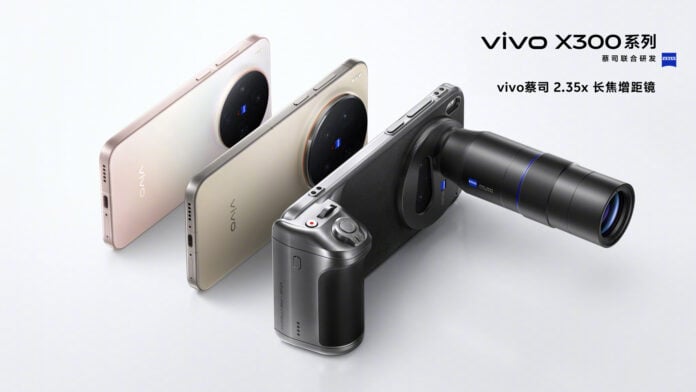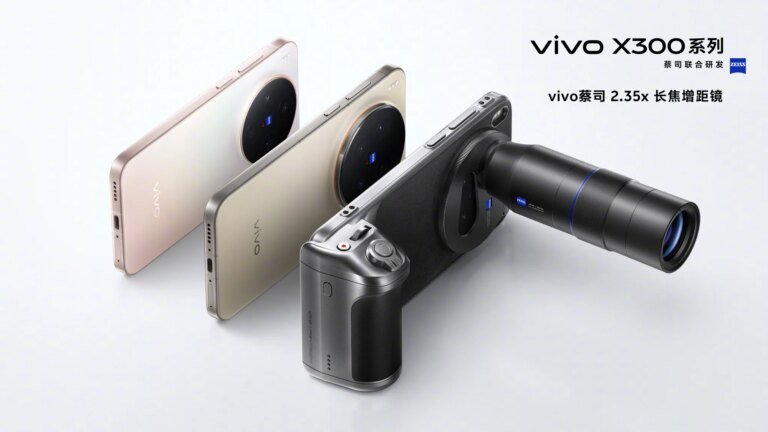You’re probably here to figure out which brand makes the best smartphone cameras. It’s an easy call if you’re in the West. It’s either Apple or Samsung. Their latest flagships are often considered the gold standard.
But if you’re willing to look beyond the usual two, there’s a whole world of brands pushing smartphone photography to new heights. Vivo, Oppo, Xiaomi, and Honor are all building cameras that don’t just rival Apple and Samsung; in some cases, they outperform them.
Many of these brands now even offer dedicated photography kits with detachable lenses and pro-grade zoom options that let you capture crisp shots at 30x or more. In short, the best smartphone cameras aren’t just coming from the brands you already know, and it’s time to give credit where it’s due.
1. What actually makes a “best” smartphone camera?
Before diving in, let’s clear up what “the best camera” actually means. It’s not just about megapixels or how big the lens looks on the back. Great smartphone photography comes from a balance of hardware and software, and the image signal processor (ISP) inside the chip plays just as big a role as the camera sensor itself.
Here’s what I look for in a camera phone:
- A dedicated telephoto lens for crisp portrait shots and lossless zoom.
- A large main sensor because size matters when it comes to low-light performance.
- Optical image stabilization (OIS) to keep handheld shots sharp and videos smooth.
- Smart computational photography is the software magic that fine-tunes color, detail, and dynamic range.
Of course, that’s not the full checklist. But it’s enough for me to know whether a phone is worth considering before digging into the finer details.
2. Vivo

Vivo X300 Pro telephoto converter
Vivo has quietly upped its camera game in a way that deserves attention. The recent X300 series, for example, shows that the company isn’t simply following others; they are doing it in their own way.
The new X300 and X300 Pro use a triple-camera setup with standout specs. The base X300 packs a 200 MP main camera (Samsung HPB sensor) paired with a 50 MP telephoto and 50 MP ultrawide.
The X300 Pro ups the game with a 50 MP Sony LYT-828 sensor for the main camera and a 200 MP 1/1.4″ Samsung HPB telephoto sensor. They also bundle Zeiss optics and coatings to reduce flare and boost clarity.
But it doesn’t end there. Both the X300 phone supports a dedicated telephoto extender, a 2.35x lens that sits on top of the existing telephoto and increases the focal length from 80mm to 200mm. Vivo’s X-series is also popular among users for the range of image filters it comes with.
3. Oppo

Oppo’s approach is also very interesting for camera-first buyers. Their recently launched Oppo Find X9 Pro features a 200 MP Samsung HP5 telephoto sensor (70 mm equivalent) with 3x optical zoom and four-axis OIS.
Moreover, it uses a Danxia Color Reproduction Lens across all imaging modules to improve color accuracy. Oppo has also introduced a Hasselblad-branded photography kit accessory for this series that includes a telephoto extender, just like Vivo.
After Vivo, Oppo is another brand that is making a strong push into “camera system” territory. However, as with many niche leaders, Oppo Find X series phones aren’t available as widely as, say, Apple or Samsung.
4. Xiaomi

Then there’s Xiaomi, which has made a name for itself with camera-centric flagships. The Xiaomi 15 Ultra, in particular, has earned praise for its photography hardware: a massive 1-inch main sensor, a 200MP periscope telephoto lens, a 50MP telephoto, and a 50MP ultrawide lens.
The 50MP telephoto is a floating lens, a 70mm-equivalent portrait lens that can also handle macro shots. This “floating” design allows for a minimum focusing distance of just 10cm, enabling detailed macro photography with a natural background blur, without relying heavily on software-generated bokeh.
On top of that, the 15 Ultra also comes with a dedicated photography kit with a telephoto extender in it. In fact, it was Xiaomi that really started the trend of camera-focused accessories for smartphones with the Xiaomi 13 Ultra.
5. Apple

iPhone 17 Pro
When you buy an iPhone, you’re buying into a photography platform that is consistent, mature, and globally supported. The iPhones may not always lead with the most exotic sensors or sizes or biggest zooms, but they deliver reliable, predictable results across lighting conditions and tend to age well in terms of software support.
Because of that reliability and availability (in nearly every market), Apple is a safe choice for users around the world.
That said, we have to point out that innovation in the telephoto/zoom space has been slower for Apple compared to some rivals. If you prioritize extreme zoom or specialized photography accessories, Apple may lag a bit behind the more photography-centric brands.
6. Samsung

Samsung similarly has the global reach and polish to make it a go-to for camera-focused buyers. Their sensors and optics are strong, and the ecosystem (accessories, service) is robust as well.
However, third-party tests suggest Samsung’s camera ranking is not always at the top. For example, DxOMark’s aggregated ranking places Samsung’s recent flagship at 21st position among top camera phones.
What that indicates is that Samsung is still a good choice, but it may no longer be the uncontested “best” in all categories when other brands are clearly pushing harder.
For more daily updates, please visit our News Section.
Stay ahead in tech! Join our Telegram community and sign up for our daily newsletter of top stories.


